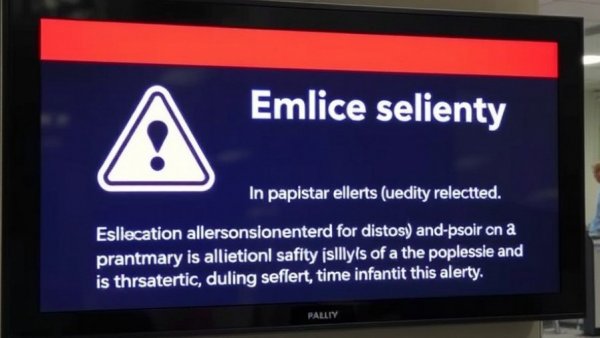
The Unintended Alarm: What Happened in South Pasadena?
On the evening of November 11, 2025, a routine emergency alert test in South Pasadena spiraled into an extensive alert that rattled the calm across Los Angeles County. As residents across areas from Long Beach to downtown Los Angeles received a message reading 'This is a test of the South Pasadena WEA system. There is no emergency,' a wave of confusion and anxiety immediately followed. The message, meant solely for internal testing, escaped its intended audience due to what city officials describe as human error.
Historical Context: Learning from Past Mistakes
This incident isn't the first misstep in emergency notifications for the region. Earlier this year, a malfunctioning evacuation warning triggered panic when an alert was sent to over 10 million phones during a severe firestorm, despite it only intending to reach a small population near Calabasas. This highlights a critical gap in the emergency alert system already criticized for its efficacy and reach. Residents and city officials alike are increasingly aware that the balance between rapid communication and accuracy needs tightening, particularly as communities in Southern California face natural disasters more frequently.
The Human Factor: Investigating the Error
Jennifer Colby, a spokesperson for South Pasadena, confirmed that the recent alert mishap was believed to stem from human error rather than a technical glitch associated with their alert system provider, Finalsite. This raises questions about the training and protocols in place for those handling emergency communications. With personal and community safety at stake, understanding and improving these human factors is imperative.
Public Reaction: Balancing Safety and Confusion
The outpouring of reactions from the public, many expressing frustration and concern, underscores the extensive impact that such alerts can have beyond their intended scope. While many acknowledged the message clarified that there was no real threat, the initial shock of receiving an emergency alert can lead to alarm and heightened stress levels, especially during times where communities are already on edge about safety due to ongoing environmental threats.
Rethinking Emergency Alert Systems in Southern California
This incident has prompted discussions about necessary reforms within alert systems as Southern California continues to experience an array of natural disasters, including wildfires and mudslides. Experts advocate for revising alert protocols to include better training for city employees involved in sending alerts, as well as improving the technology behind these systems to better manage the release of alerts to avoid repetition and oversaturation that could lead to public desensitization.
Looking Ahead: A Call for Better Preparedness
As community members and officials alike process the recent alert blunder, dialogues around preparedness and effective communication strategies will no doubt continue. The importance of building trust through transparency in emergency alert systems cannot be overstated—clarifying how alerts are issued and ensuring public understanding of emergency communications can significantly reduce the anxiety associated with alerts. Residents are encouraged to stay informed about local safety protocols and available resources for emergency alerts, ensuring they are prepared both for tests and real emergencies.
The South Pasadena alert is a reminder that while technology plays a crucial role in public safety, human agency remains at the forefront of effective emergency management.
 Add Row
Add Row  Add
Add 




Write A Comment